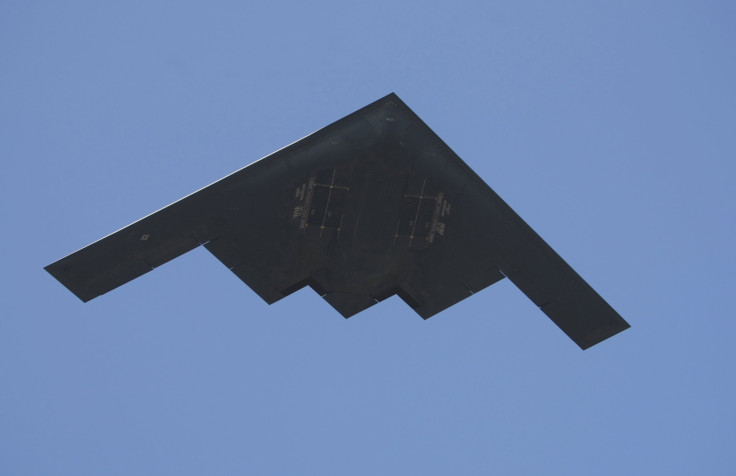US Air Force Unveils Northrop Grumman's New Long Range Strike Bomber: The B-21

The U.S. Air Force unveiled the first rough designs Friday of the new $80 billion Northrop Grumman Long Range Strike Bomber, giving it the designation of B-21. While unveiling the future military aircraft at the Air Warfare Symposium in Orlando, Florida, Air Force Secretary Deborah Lee called on airmen all across the country to come forward with official names for the aircraft.
"So we have an image, we have a designation, but what we don't yet have, we don't yet have a name," James said, according to a Defense News report. "and this is where I'm challenging and I'm calling on every airman today ... to give us your best suggestions for a name for the B-21, America's newest bomber."
There are currently no existing B-21 prototypes, although the aircraft does bear a striking resemblance to the old B-2 Spirit bomber that Northrop Grumman produced between 1987 and 2000. Lee explained the similarity during her speech, saying that the B-21 would share some characteristics with the B-2.
Introducing the 1st rendering of the #B21! Until now we've known it as the LRS-B. pic.twitter.com/Vfmnk337F1
— Deborah Lee James (@SecAF23) February 26, 2016
“The B-21 has been designed from the beginning based on a set of requirements that allows the use of existing and mature technology,” James said, referring to the Air Force’s old stealth bomber that will remain in service until 2058.
Northrop won the contract for the B-21 last October after fierce competition from a joint Boeing and Lockheed Martin bid. While Northrop's bid won for being able to produce the aircraft more cheaply than its larger defense rivals, Boeing and Lockheed did appeal to the Government Accountability Office to reverse the decision, but ultimately lost.
The Air Force is expecting to pay around $500 million per aircraft for as many as 100 of them. It’s predecessor cost $737 million per aircraft, although because only 21 were ever build, the cost actually climbs to $2.1 billion each when set against the full production cost of around $44 billion.
© Copyright IBTimes 2025. All rights reserved.






















